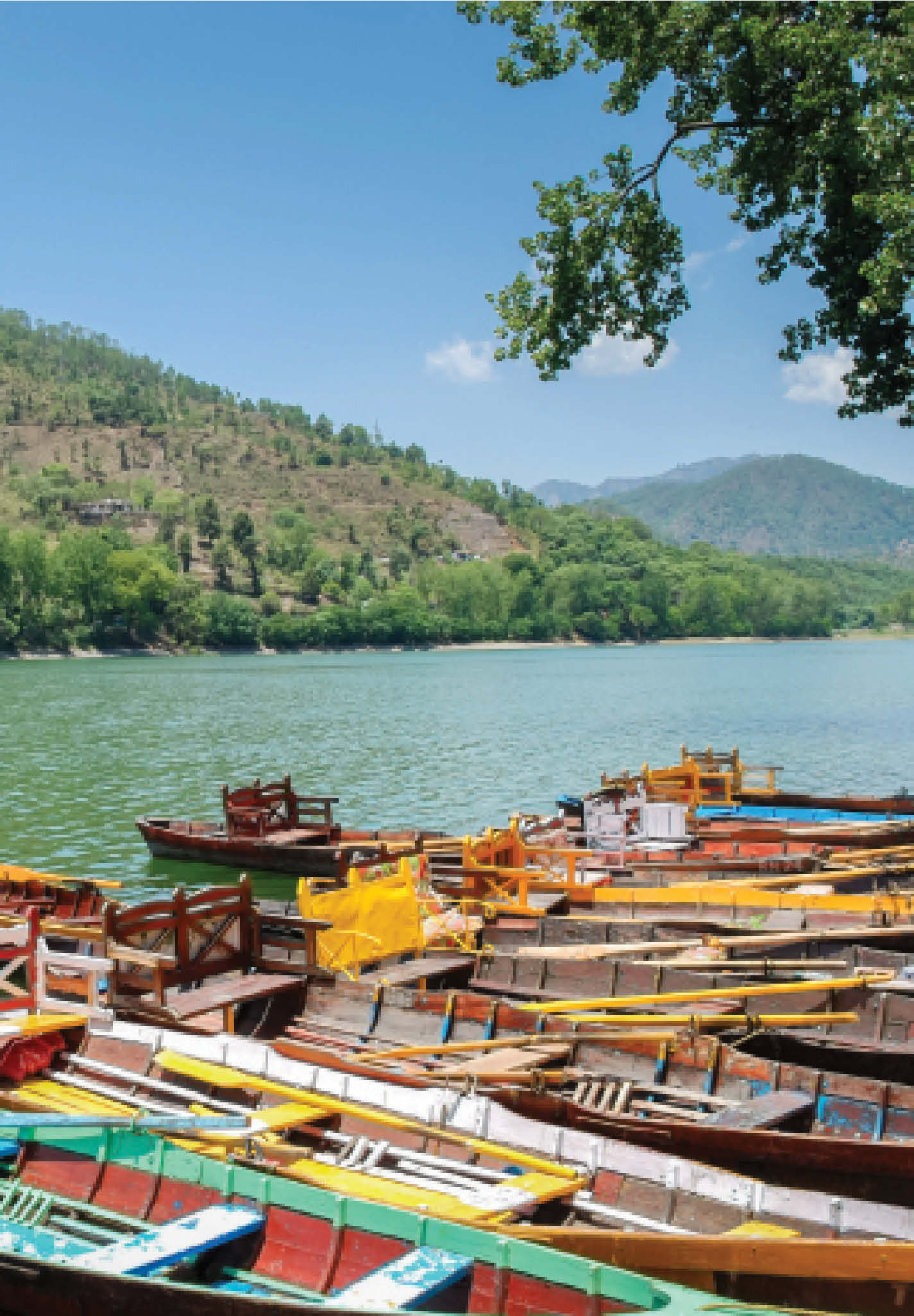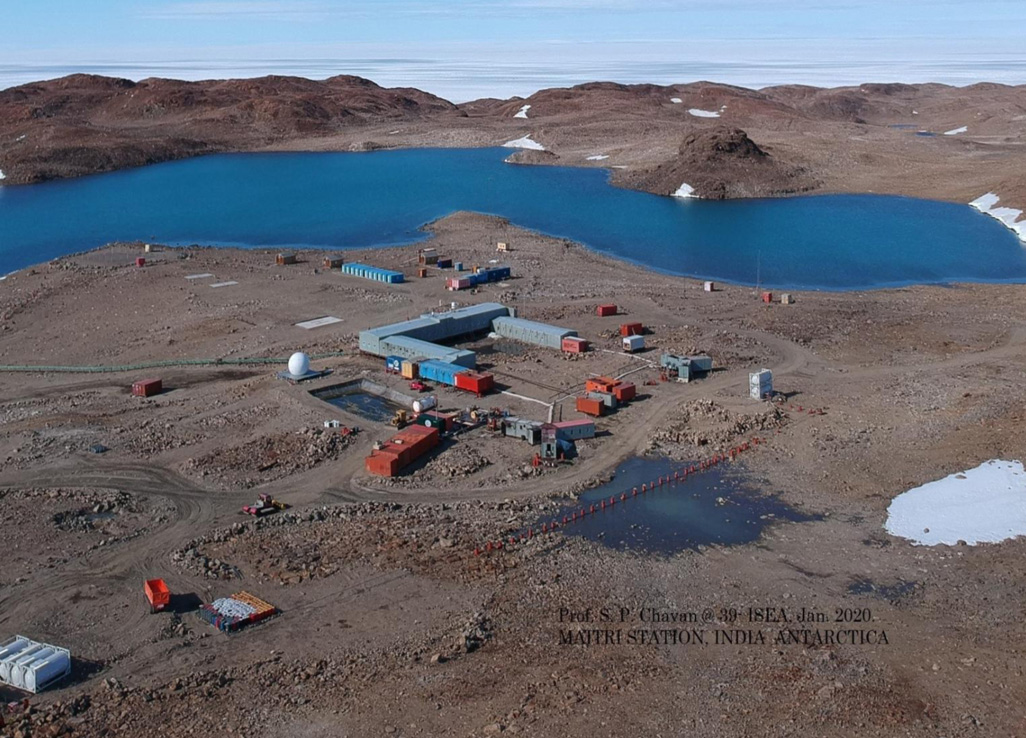Tourism Regulatory Framework
Published: Nov 30, 2016
Published: Nov 30, 2016

Photo: Prasad
Tourism and human interventions in Bhimtal, Uttarakhand have led to adverse changes that have altered the land use in the region. It could have been avoided if tourism was regulated and sustainable tourism policies adopted.
Keep reading with one of these options :
